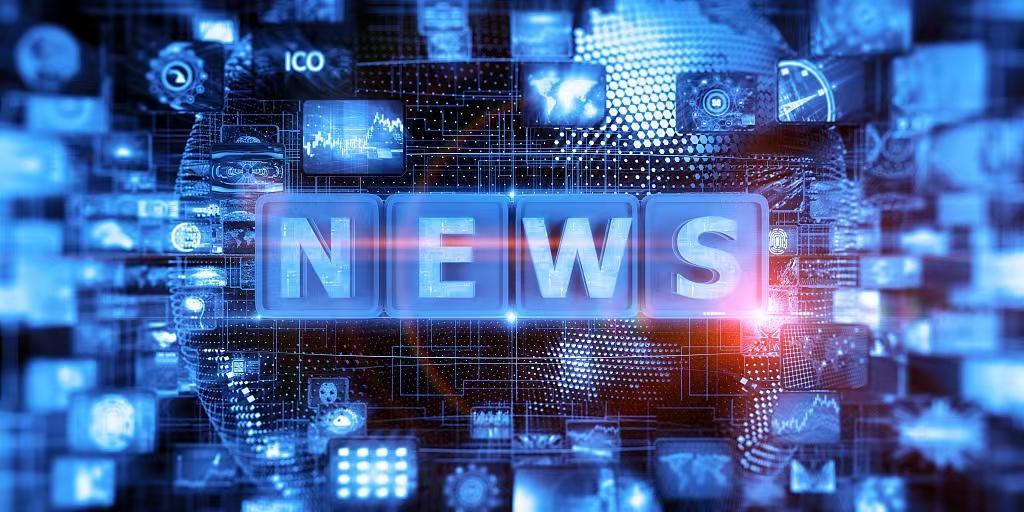WEEKLY REVIEW (July 29-August 4)

PHOTO: VCG
Highest Energy Gamma-Ray Spectral Line Detected
On July 25, researchers from the Institute of High Energy Physics of the Chinese Academy of Sciences reported their discovery of a gamma-ray spectral line. The energy of this line in the main phase of gamma-ray burst (GRB) reached up to 37 million electron volts, which is the highest gamma-ray line observed in the universe. This research is of great value for further study of GRB emission mechanisms and astrophysical jets.
Two Pioneering Satellites Put into Use
China put an atmospheric environment monitoring satellite and a terrestrial ecosystem carbon monitoring satellite into use on July 25. The former is the world's first high-precision remote sensing satellite employing laser active detection technology, while the latter is the world's first remote sensing satellite for forest carbon sinks, which combines both active and passive observations. These satellites are intended to support the goals of carbon peaking and neutrality.
High-performance Plastic-based Thermoelectric Material
A high-performance plastic-based thermoelectric material has been developed by Chinese researchers. This material utilizes temperature differences to generate electricity and is characterized by lightness and softness. It holds great potential for applications in the field of wearable devices.
World's First Atomic-scale Quantum Sensor
An international research team from Germany's Forschungszentrum Jülich and Korea's IBS Center for Quantum Nanoscience has developed a quantum sensor capable of detecting minute magnetic fields at the atomic length scale. This work marks an important milestone in the field of quantum technology and is expected to have far-reaching implications for various scientific disciplines.
JWST Images Super-Jupiter Planet
The James Webb Space Telescope (JWST) has imaged a super-Jupiter planet located approximately 12 light-years away from Earth. This Jupiter-like giant is one of the coldest exoplanets directly detected by human beings so far. Unlike the previously identified planet b, this one is more likely to be the only giant planet in the system.







